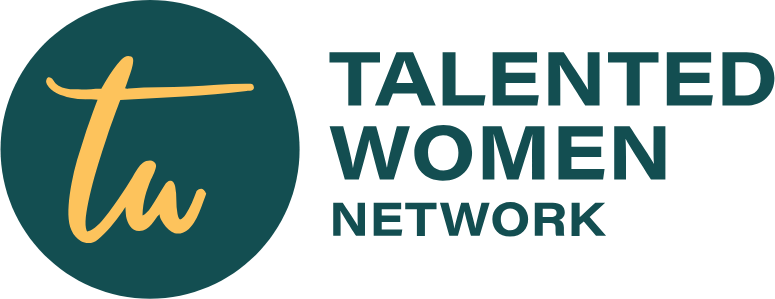The age-old debate between the portfolio and the resume is taking on fresh significance. For creatives, tech professionals, and freelancers—those who build their careers by showing rather than just telling—the decision isn’t simply a matter of formality. It’s about strategy.
So, which should you lead with? And more importantly, how do you merge the power of both?
The Resume: Your Professional Snapshot
Think of the resume as your career’s highlight reel. It’s a one- or two-page document that tells a recruiter where you’ve been, what you’ve done, and what you bring to the table.
It’s chronological, concise, and best suited for structured industries or corporate roles where hiring processes are automated and Applicant Tracking Systems (ATS) rule the first round.
But for creatives and freelancers, a resume only scratches the surface. It tells what you did, not how you did it—or why it mattered.
Best used for:
- Applying to structured roles in tech, design, marketing, or corporate environments
- Passing through automated application systems
- Giving a quick overview of experience and credentials
The Portfolio: Your Proof of Concept
Portfolios, on the other hand, speak louder than words. Whether it’s a designer’s collection of logos, a developer’s GitHub repositories, or a writer’s bylined articles, a portfolio is the evidence that backs up every claim on your resume. It demonstrates process, creativity, execution—and impact.
The best portfolios are curated, not crowded. They don’t just show what you did—they walk the viewer through the context, the challenge, the solution, and the outcome.
In a world where attention spans are short, relevance and storytelling are your best allies.
Best used for:
- Showcasing creative or technical work
- Freelance pitches or client proposals
- Interviews and personal branding efforts
When to Use Which: A Strategic Breakdown
Use a Resume when:
- The application process requests one
- You’re applying for a corporate or technical role that values structure and credentials
- You want to highlight your professional timeline, certifications, and roles
Use a Portfolio when:
- You’re pitching for freelance gigs or creative roles
- Your work speaks better through visuals, demos, or real-life case studies
- You’re building a personal brand or online presence
Use Both when:
- You want to stand out in a competitive pool
- You’re a multi-hyphenate professional—say, a product designer who codes, or a writer who builds digital brands
- You’re networking or applying directly to a founder, hiring manager, or client who values both storytelling and credentials
Blending the Two: The Modern Professional’s Toolkit
The secret sauce, however, is don’t choose between a resume or a portfolio—combine them.
Today’s top-tier professionals are leveraging personal websites, Notion pages, or sleek one-page PDFs that blend resume facts with portfolio flair.
Pro tips to blend both:
- Interactive PDFs or Digital Profiles: Add hyperlinks in your resume that lead to your portfolio or project pages.
- Personal Website: Create a homepage with a short bio, a downloadable resume, and categorized projects.
- Case Study Style: On your portfolio, include brief contextual snippets that mirror job descriptions—think “mini-resumes” for each project.
- Highlight Soft Skills: Show how you think, solve problems, and communicate. Don’t just show the what—explain the why.
Always remember that it’s not enough to just be good—you have to prove it.
The resume gets you through the door; the portfolio convinces them you belong.
Smart professionals—especially creatives, technologists, and freelancers—are mastering the art of storytelling through both.
So don’t pick one. Build both. Blend them. And make sure that whichever way someone finds you, they leave convinced.

